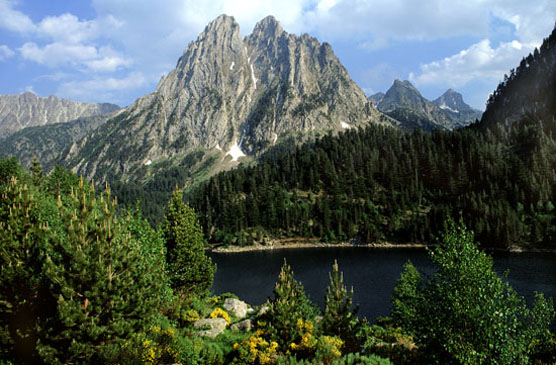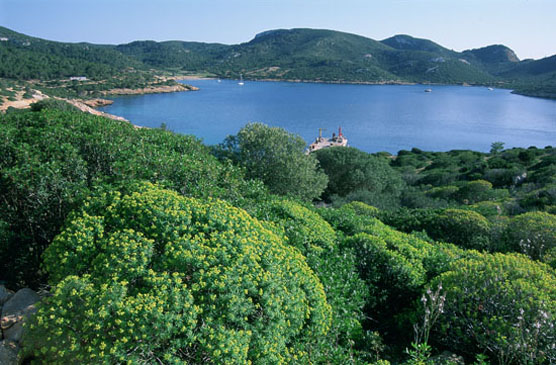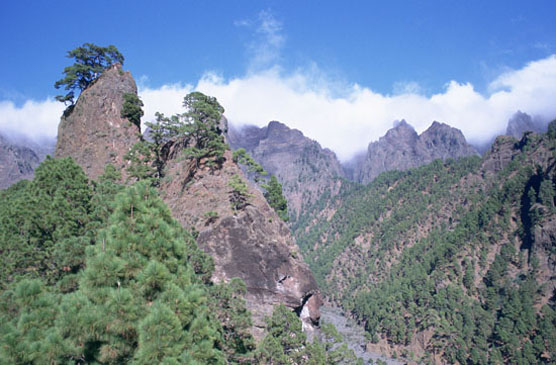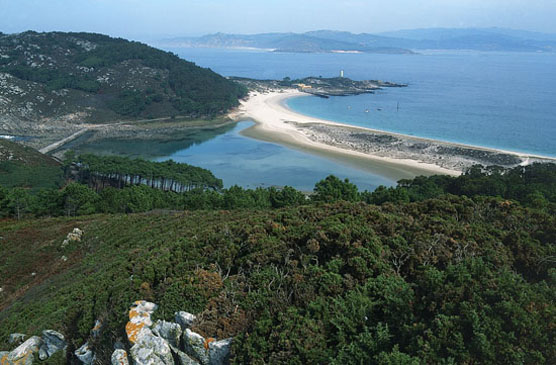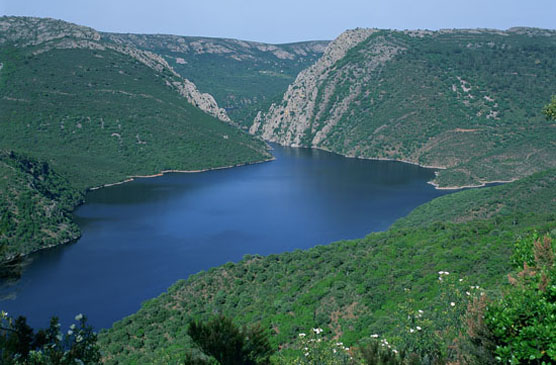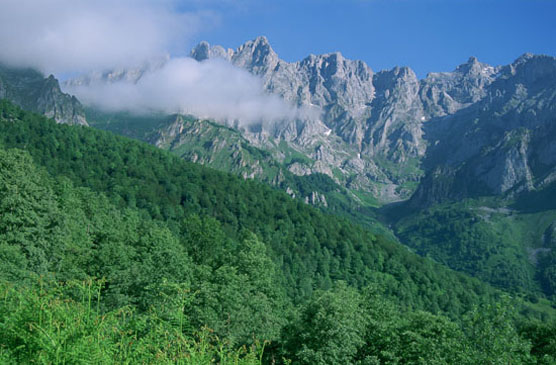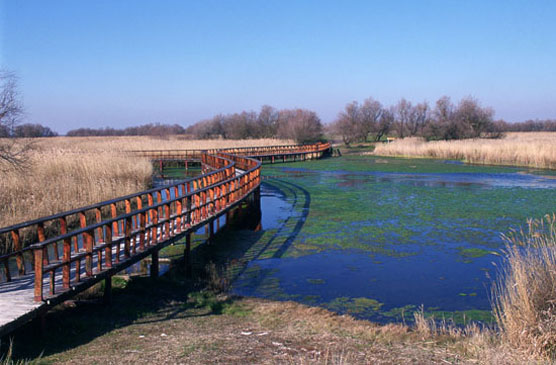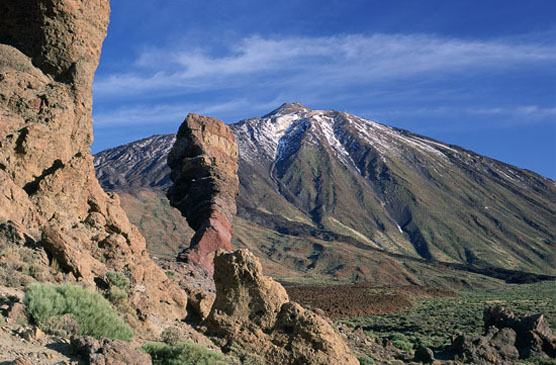Environmental Profile of Spain, An indicator-based Report
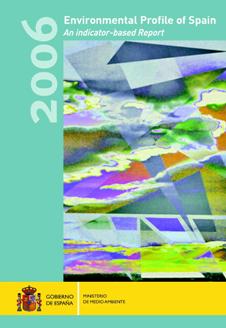
In this edition of the Environmental Profile of Spain, the indicators generally aggregate a further year’s data into the series presented in the 2005 report. In the majority of cases, the data extend to 2004 or 2005 (it has only been possible to update a few indicators to 2006) and the combined results of the three reports published to date provide a picture of the dynamics at work in Spain’s environment.
Chapter by chapter, the indicators display each sector’s key data, identifying the main features, existing pressures, policies being applied and the results being achieved.
It is possible to buy copies of this report through the Ministry publications store online.
Contents
1. Background
- Natural environment: the coast
- Economic activity 2004-2005
- Population
- Social welfare
- Public participation
2. Environmental areas and sectors

2.1 Air
- Atmospheric emissions of greenhouse gases (GHGs)
- Atmospheric emissions of acidifying and eutrophying gases
- Emissions of troposphericozone precursor gases
- Regional background air quality (vegetation protection): ozone
- Regional background air quality (health protection): ozone and PM10

2.2 Water
- Water consumption
- Reservoir water levels
- Increase desalination capacity to boost available resources
- Nitrate pollution
- Salinisation of groundwater bodies
- Organic pollution of rivers
- Decrease in effluent discharges
- Coastal bathing water quality

2.3 Land
- Changes in land cover
- Area developed on the coast
- Area affected by erosion
- Area at risk from desertification

- Protected areas
- Forest defoliation
- Forest ecosystems
- Endangered species
- Spanish wetlands included in the Ramsar Convention
- Environmental monitoring

2.5 Waste
- Urban waste generation
- Urban waste management
- Paper-cardboard recycling
- Glass recycling
- Packaging waste recycling and recovery
- Sewage sludge production and use

2.6 Agriculture
- Fertiliser consumption
- Phytosanitary product consumption
- Organic farming
- Irrigated area
- Eco-efficiency in agriculture

2.7 Energy
- Primary energy intensity
- CO2 emissions intensity
- Renewable energies
- Eco-efficiency in the energy sector

2.8 Industry
- Atmospheric emissions by industry
- Energy consumption by industry
- Total Material Requirement
- Number of industrial enterprises with Environmental Management Systems
- Eco-efficiency in industry

2.9 Fishing
- Number of vessels and fishing fleet capacity
- Fishing fleet catches
- Marine aquaculture production
- Eco-efficiency in the fishing and marine aquaculture sectors

2.10 Tourism
- Number of foreign tourists per resident
- Number of foreign tourists per km of coast
- Changes in Tourist Population Equivalent (TPE)
- Number of visitors to National Parks

2.11 Transport
- Total transport volume: modal distribution
- Atmospheric emissions of pollutants by transport
- Energy consumption by transport
- Waste generated by transport: End-of-Life Tyres (ELTs)
- Motorisation and accident rate
- Eco-efficiency in transport

2.12 Housholds
- Number of passenger cars per household
- Urban waste production per household
- Energy consumption per household
- Emissions of CO2 by the residential sector
- Water consumption per household
- Gross disposable household income
- Eco-efficiency in the domestic sector

2.13 Urban Environment
- Urban pressure on land
- Air quality in the urban environment
- Environmental noise
- Monumental heritage of Spain’s cities
- Local mobility and passenger transport
- Sustainable Local Development (SLD): towns and cities registered with the Network of Networks

2.14 Natural and Technological Disasters
- Deaths due to natural disasters
- Drought periods
- Forest fires
- Road and rail accidents causing possible environmental damage
- Oil spills due to maritime accidents
- Discharges of dangerous chemical substances due to industrial accidents
3. Appendices
- List of acronyms, abbreviations and units
- Thematic index of indicators
- Alphabetical index of indicators
- EIONET representatives and consultants and other experts who have contributed to this document
